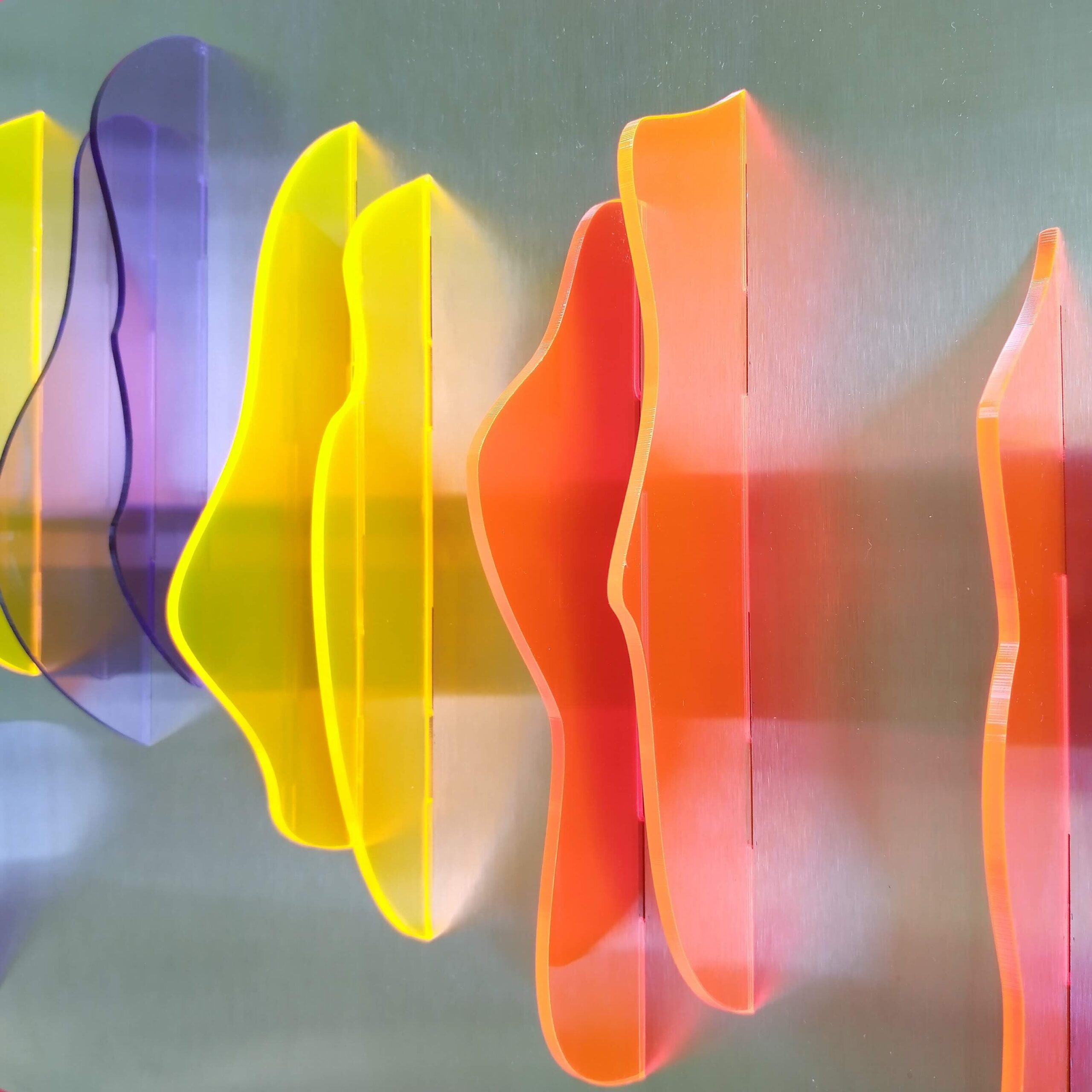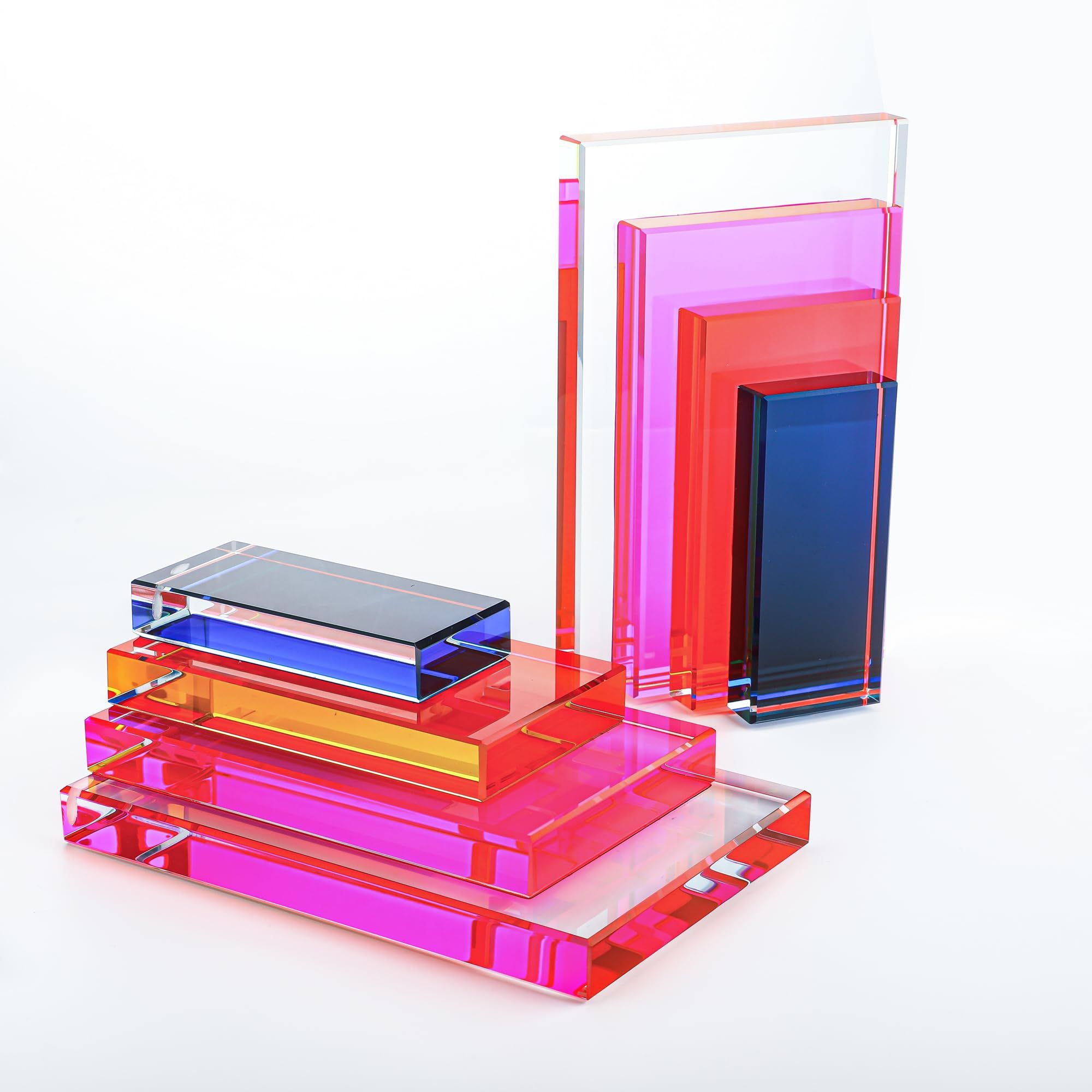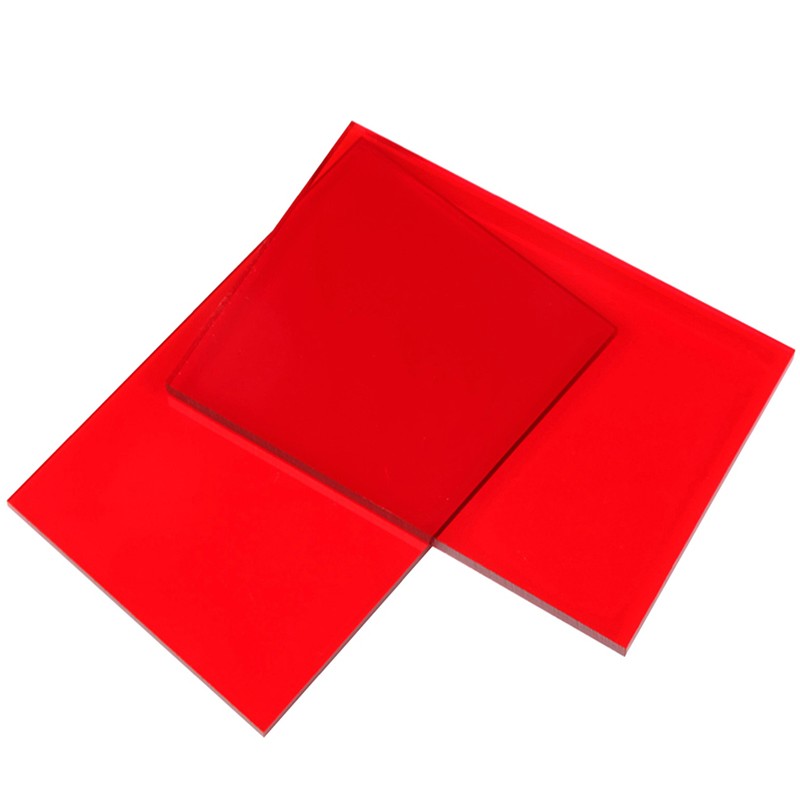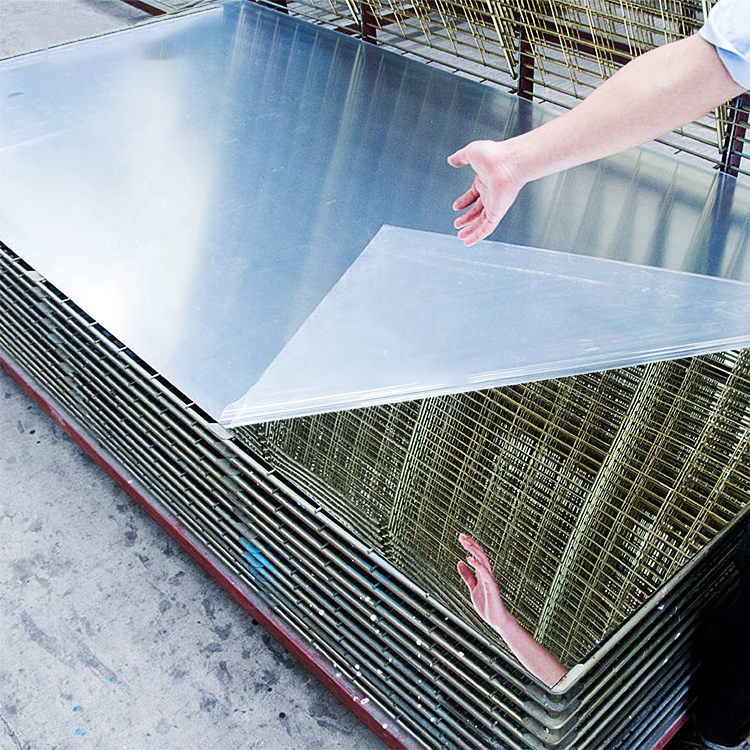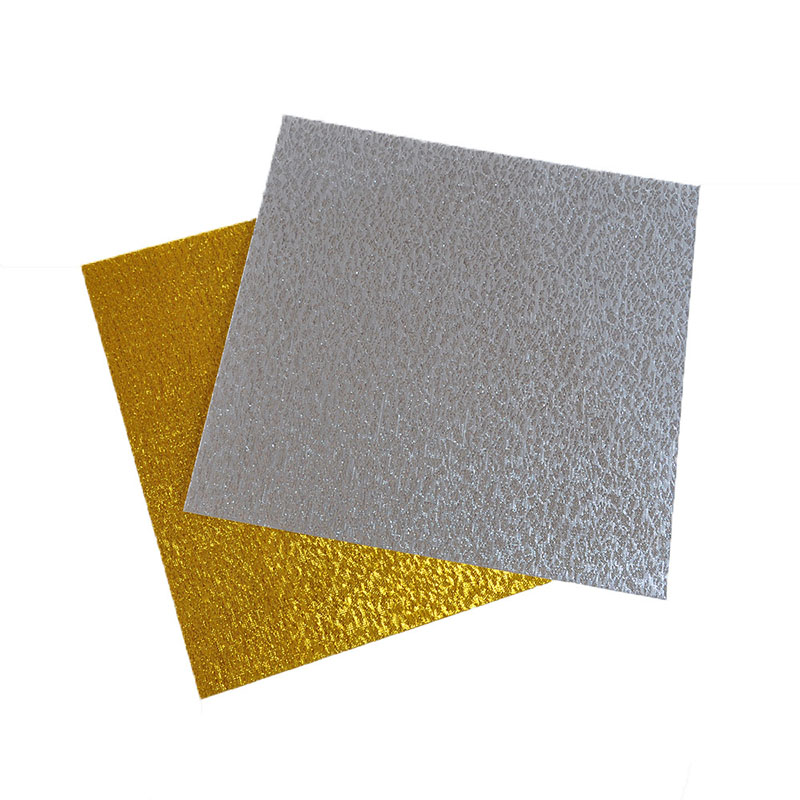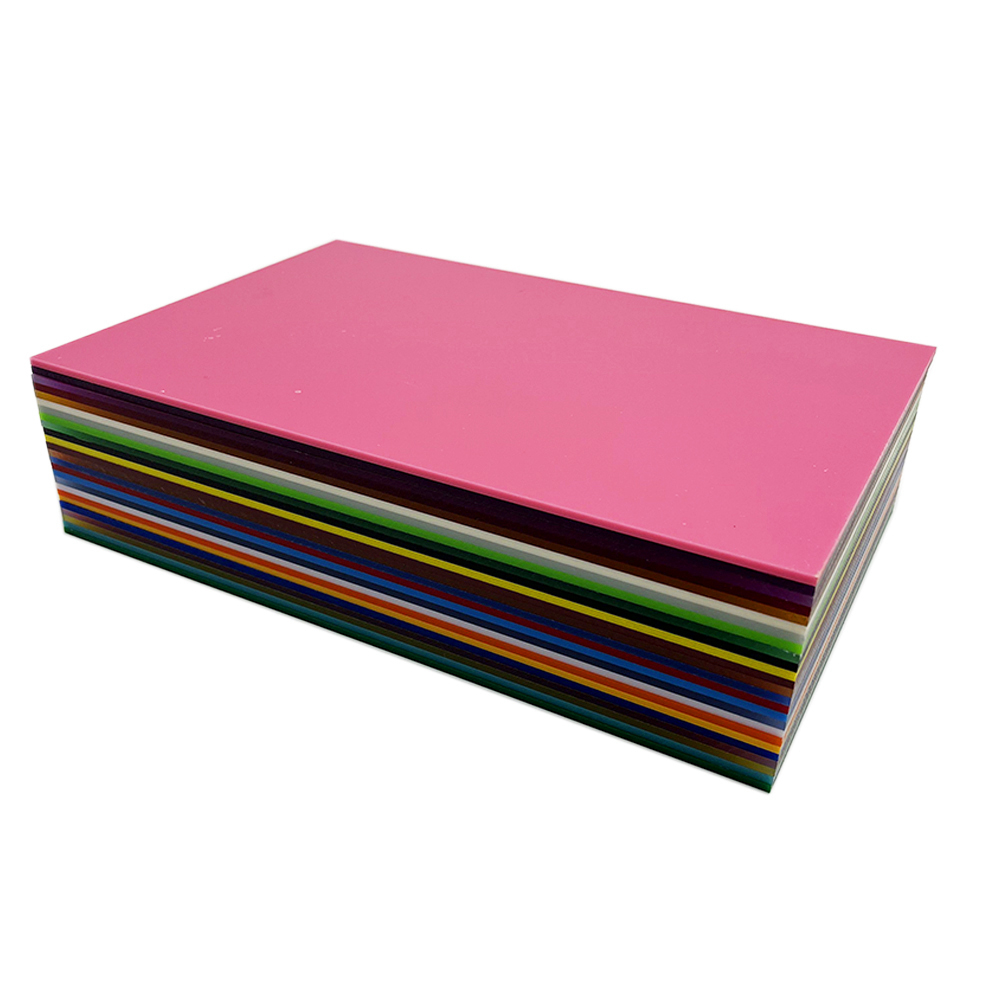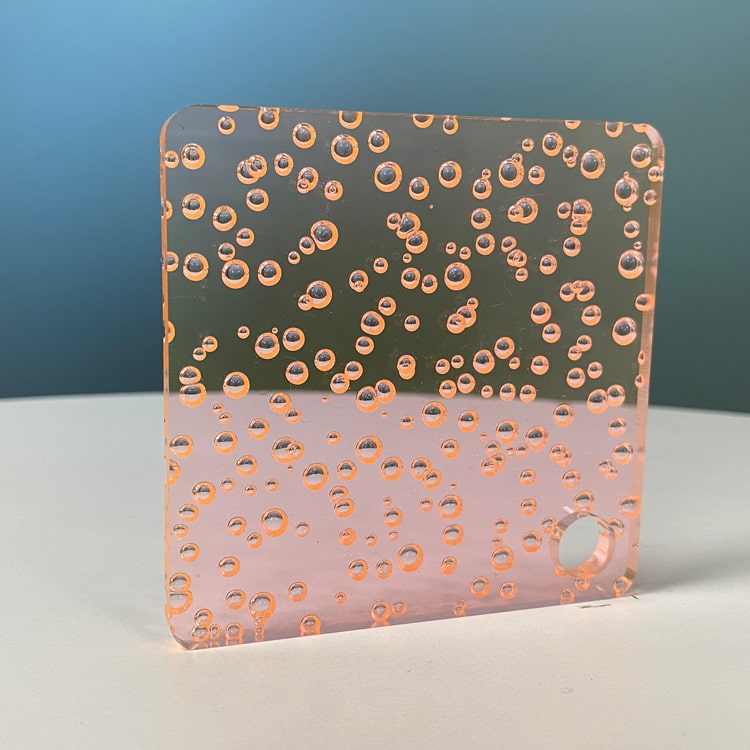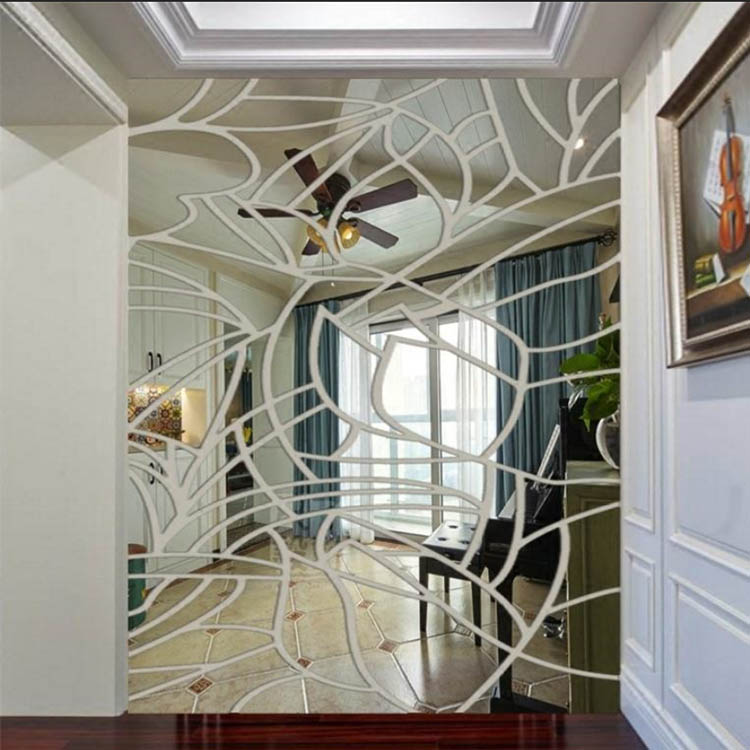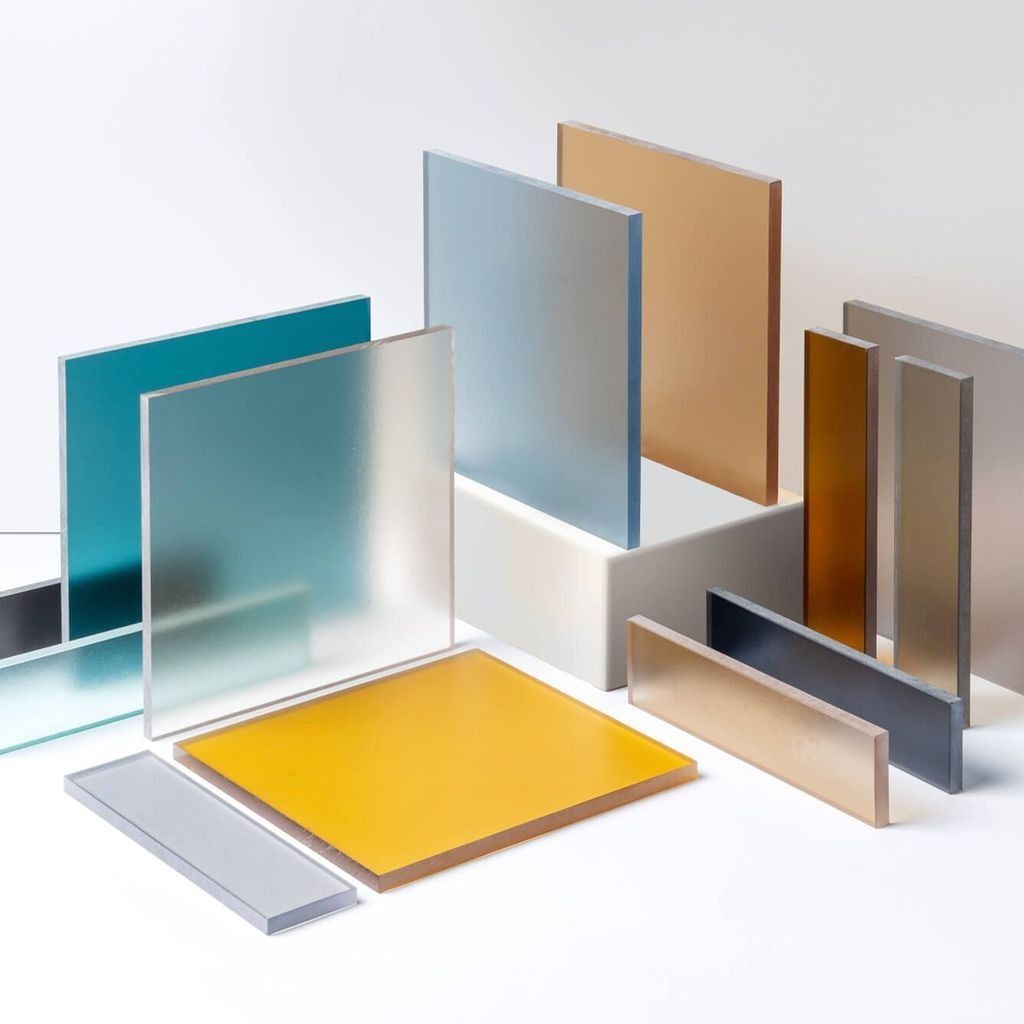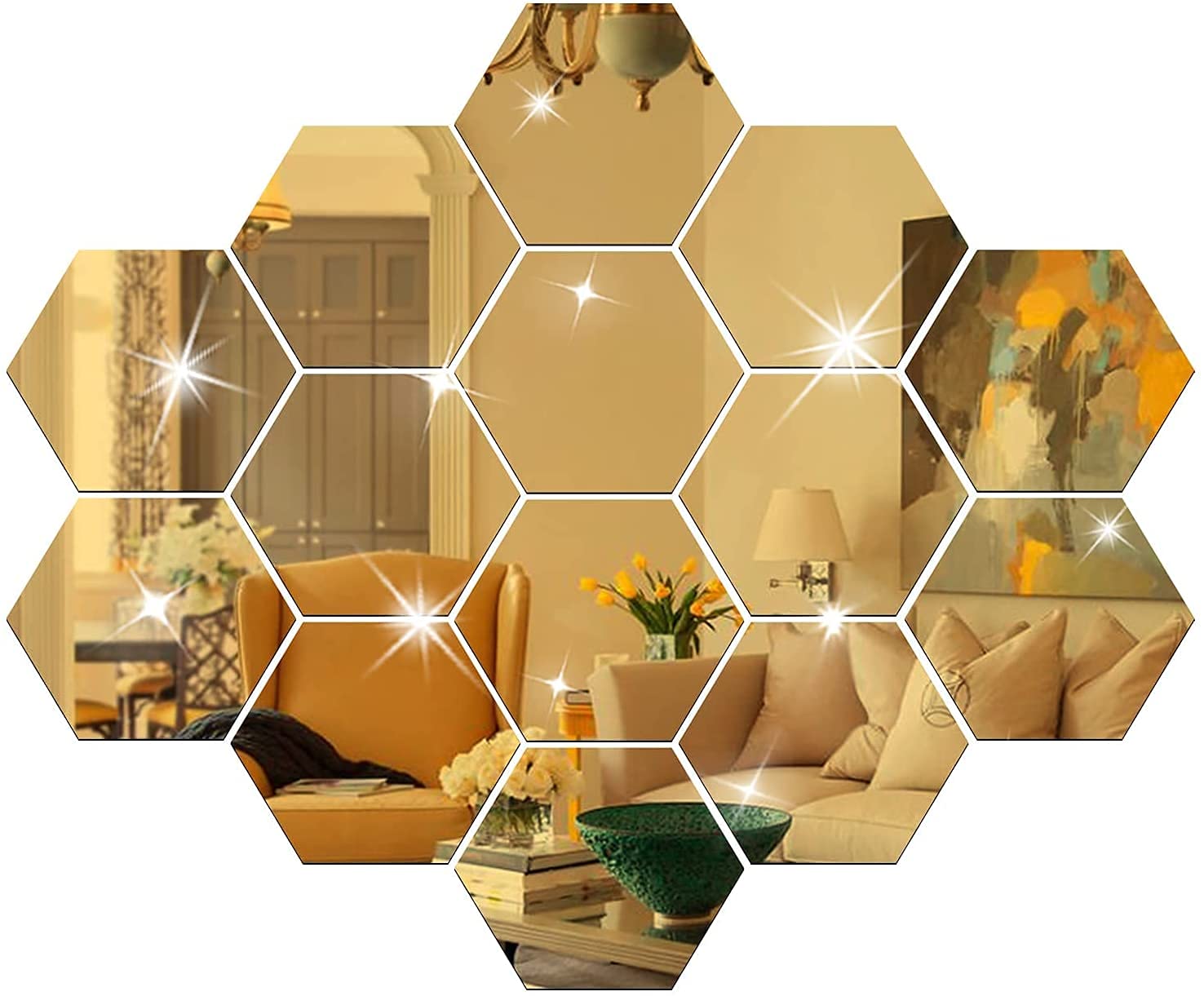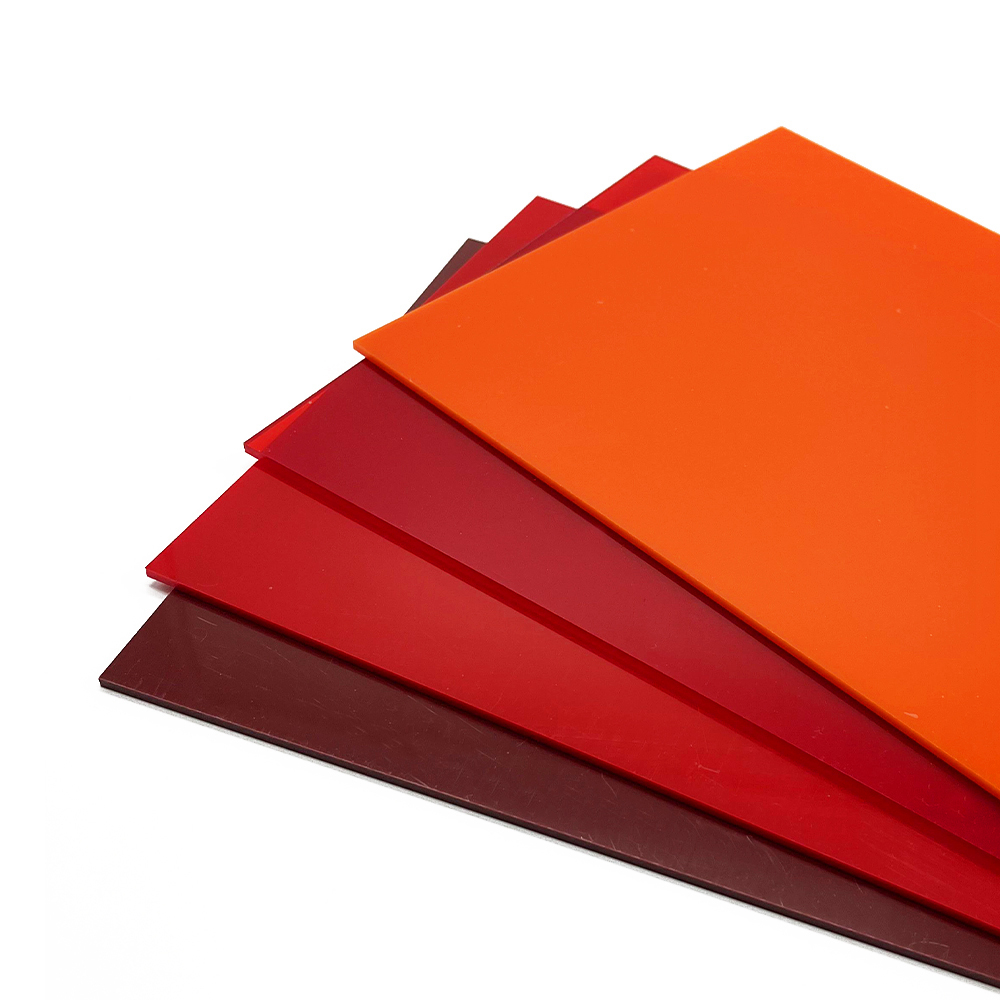When undertaking any construction, design, or renovation project, the choice of materials is a significant decision that can impact both the budget and the overall success of the project. Among the many material options available, acrylic sheets are frequently considered due to their versatility, durability, and clarity. However, a common question is how acrylic sheets compare in cost to other materials such as glass, polycarbonate, and PVC foam boards. This article aims to provide a detailed comparison of acrylic sheets’ pricing and performance to help you make an informed decision for your next project.
At Jinbao Plastic, we have been providing high-quality acrylic sheets, PVC foam boards, polycarbonate sheets, and other materials since 1996. Understanding that cost plays a crucial role in purchasing decisions, we’ve taken the time to compare acrylic sheets with other materials on the market. By assessing the cost alongside key factors such as durability, ease of installation, and long-term value, you’ll be able to determine which material is right for your needs.
Acrylic Sheets: A Breakdown of Costs
Acrylic sheets, often referred to as “perspex,” are a type of transparent plastic known for their clarity, impact resistance, and ease of fabrication. However, their price can vary depending on several factors. Let’s explore what influences the cost of acrylic sheets and why they may be worth the investment despite their higher price tag compared to some alternatives.
Factors Affecting the Cost of Acrylic Sheets
- Thickness: The thickness of the acrylic sheet has a direct effect on its price. Thicker sheets require more raw material and are therefore more expensive. For example, a standard 4′ x 8′ sheet of 1/8″ thick acrylic typically costs around $100, but thicker sheets will increase the cost.
- Size: Acrylic sheets are available in various sizes, but custom sizes or large-scale purchases often increase the price. Custom-cut sheets or specific dimensions may incur additional costs for labor and cutting.
- Color & Finish: Acrylic sheets come in a variety of colors and finishes. While clear acrylic is the most commonly used and affordable, tinted, frosted, or mirrored sheets tend to be more expensive due to additional processing.
- Bulk Purchases: For large-scale projects, buying acrylic sheets in bulk can offer significant savings. Jinbao Plastic offers competitive pricing for bulk orders, reducing the cost per sheet as the order size increases.
Advantages of Acrylic Sheets
Although acrylic sheets may have a higher initial cost compared to some alternatives, they offer a range of benefits that make them a more cost-effective option in the long run. Acrylic is known for its:
- Durability: Acrylic is highly resistant to impact, UV rays, and weathering, which makes it ideal for both indoor and outdoor applications. It is more durable than glass and maintains its clarity over time.
- Lightweight: Acrylic is much lighter than glass, making it easier and less expensive to transport. The lightweight nature of acrylic also reduces installation costs since it requires less labor and specialized equipment.
Easy Fabrication: Acrylic sheets can be easily cut, shaped, and drilled with standard tools, making them a popular choice for both professionals and DIY enthusiasts. This ease of processing helps reduce fabrication time and waste, lowering overall costs.
Comparing Acrylic Sheets to Other Materials
To make a more informed decision about which material is right for your project, it’s essential to compare acrylic sheets with other common materials used in similar applications. Let’s explore how acrylic compares to glass, polycarbonate, and PVC foam boards in terms of cost, durability, and performance.
1. Glass: A Higher Cost with Greater Fragility
Glass has been a traditional material for windows, display cases, and partitions. While it offers excellent transparency, it often comes at a significantly higher cost, especially when compared to acrylic.
| Feature | Acrylic Sheets | Glass |
|---|---|---|
| Price (4’x8′, 1/8″ thick) | ~$100 | ~$200 |
| Weight | Lightweight | Heavy |
| Clarity | High Transparency | Excellent Transparency |
| Impact Resistance | Good | Brittle |
| Scratch Resistance | Excellent | Good |
| Ease of Fabrication | Easy to cut, shape, and mold | Requires specialized tools |
| Installation Cost | Low (lightweight, easy to work with) | High (heavy and fragile) |
Price: A 4′ x 8′ sheet of 1/8″ thick glass is typically priced around $200, which is about twice the cost of an equivalent acrylic sheet. Thicker glass or custom sizes further increase the cost.
Fragility: Glass is heavy and fragile, which increases transportation and installation costs. Additionally, glass can break or shatter upon impact, creating safety concerns that acrylic avoids due to its impact resistance.
Durability: While glass is highly scratch-resistant, it is susceptible to breaking and cracking under stress, which can lead to higher replacement and maintenance costs over time. Acrylic, on the other hand, can withstand impact better and has a longer lifespan, especially in outdoor settings.
2. Polycarbonate: Similar in Cost, Different in Performance
Polycarbonate is another material often used in applications that require impact resistance, such as skylights, security barriers, and outdoor signs. While polycarbonate and acrylic share similarities in cost, polycarbonate falls short in some areas when compared to acrylic.
| Feature | Acrylic Sheets | Polycarbonate |
|---|---|---|
| Price (4’x8′, 1/8″ thick) | ~$100 | ~$100 |
| Clarity | High Transparency | Lower Transparency (may yellow over time) |
| Impact Resistance | Good | Excellent |
| Scratch Resistance | Excellent | Average |
| Ease of Fabrication | Easy to cut, shape, and mold | Easy to cut, but heavier than acrylic |
| UV Resistance | Excellent | Good |
Price: Like acrylic, polycarbonate sheets of the same size and thickness (1/8″) typically cost around $100, making their initial pricing quite similar.
Durability: Polycarbonate is highly impact-resistant, even more so than acrylic. However, polycarbonate tends to yellow over time when exposed to UV rays, which can significantly reduce its aesthetic appeal.
Scratch Resistance: While polycarbonate is durable, it is not as scratch-resistant as acrylic. Acrylic retains its clarity and finish for a longer period, making it a better option for projects where appearance is crucial.
3. PVC Foam Board: An Affordable Alternative with Limitations
PVC foam board is a lightweight material commonly used for signage, displays, and indoor applications. It offers a much lower cost but comes with significant limitations when compared to acrylic.
| Feature | Acrylic Sheets | PVC Foam Board |
|---|---|---|
| Price (4’x8′, 1/8″ thick) | ~$100 | ~$ 50 |
| Weight | Lightweight | Very Lightweight |
| Clarity | High Transparency | Low Transparency |
| Impact Resistance | Good | Medium |
| Scratch Resistance | Excellent | Average |
| Ease of Fabrication | Easy to cut, shape, and mold | Very easy to cut, but lower strength |
Price: PVC foam board is significantly cheaper than both acrylic and polycarbonate. A 4′ x 8′ sheet of 1/2″ thick PVC foam board typically costs around $50, making it an affordable alternative for low-budget projects.
Durability: PVC foam boards are not as durable as acrylic or polycarbonate. They are more prone to scratching and can’t withstand the same level of impact. PVC foam board is best suited for indoor use and applications that don’t require high durability.
Transparency: PVC foam board lacks the clarity and transparency of acrylic, making it unsuitable for applications where visibility is important.
Additional Factors to Consider When Choosing Acrylic Sheets
1. Long-Term Cost Efficiency
While acrylic sheets may be more expensive than some alternative materials like PVC foam boards or glass upfront, their durability, low maintenance needs, and resistance to UV rays ensure that they will last much longer. This makes acrylic a more cost-effective option in the long run.
2. Environmental Impact
Acrylic sheets are fully recyclable, making them an environmentally friendly option compared to PVC foam boards, which contain chlorine and other harmful chemicals. By choosing acrylic, you are reducing your project’s environmental footprint.
Conclusion: Is Acrylic the Right Choice for Your Project?
In conclusion, while acrylic sheets may be slightly more expensive than some alternative materials like PVC foam boards or glass, their combination of durability, versatility, and long-lasting performance often makes them the most cost-effective option for a wide range of applications. Whether you are working on a high-visibility project or need a material that can withstand the elements, acrylic is a smart investment that can save you money over time.
At Jinbao Plastic, we offer a broad selection of acrylic sheets, polycarbonate, PVC foam boards, and other materials, all at competitive prices. Our team is available to help you find the best material for your needs and ensure that your project is both successful and cost-efficient.
Frequently Asked Questions (FAQs)
1. What are the advantages of acrylic sheets over other materials?
Acrylic sheets offer superior clarity, impact resistance, UV stability, and ease of fabrication compared to glass or polycarbonate. Their versatility makes them ideal for a wide range of applications, from windows and display cases to signage and skylights.
2. Are acrylic sheets more expensive than polycarbonate or glass?
Acrylic sheets are generally priced similarly to polycarbonate but are less expensive than glass in many cases. While acrylic may be slightly more costly, it is typically more cost-effective when considering its long-term durability and ease of use.
3. Can acrylic sheets be used outdoors?
Yes, acrylic sheets are highly resistant to UV rays and weathering, making them an excellent choice for outdoor applications. However, for extremely harsh environments, polycarbonate might offer additional impact resistance.
By taking these factors into account, you will be better equipped to make an informed decision and choose the material that best meets your project’s requirements.

